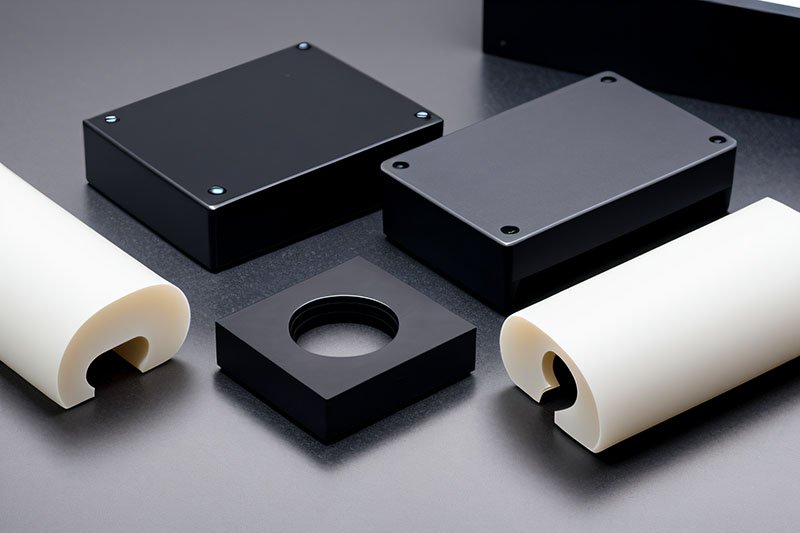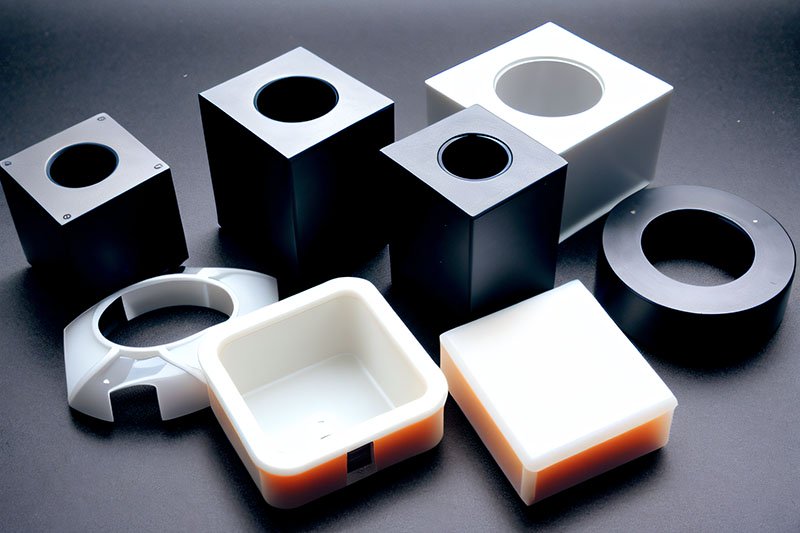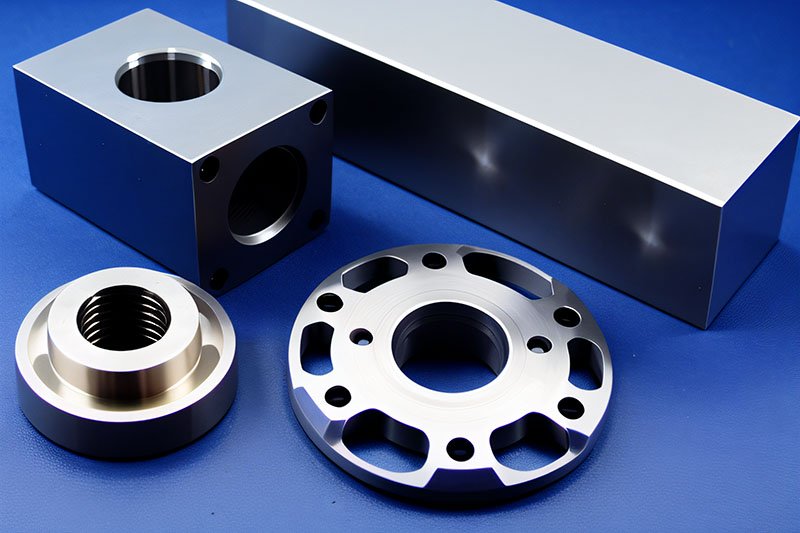Plastic is closely related to people's daily life and widely used in industrial design and rapid prototyping. Let's learn about plastics used in rapid prototyping (CNC Machining, 3D Printing, Vacuum Casting, Plastic Injection Molding, ets).

Plastic is a kind of material with natural or synthetic resin as the main component, which can be molded under certain temperature and pressure, and can maintain its shape at room temperature.
Plastics are mainly composed of synthetic resins and various additives. Among them, synthetic resin is the main component of plastic (40%-60%), which plays a decisive role in the performance of plastic, so most plastics are named after the name of the resin used, such as the plastic formed by polyvinyl chloride resin. Vinyl chloride. Additives are other substances added to improve the performance of plastics or the performance of molding processes. Commonly used additives include fillers, plasticizers, stabilizers, lubricants, colorants, etc.

(1) According to the use, plastics can be divided into general-purpose plastics and engineering plastics.
General-purpose plastics refer to a type of plastics that are widely used, multi-purpose, large in output and low in price, accounting for more than 75% of the total plastics. It mainly includes polyethylene (PE), polypropylene (PP), polyvinyl chloride (PVC), polystyrene (PS), phenolic plastic (PF) and aminoplast (AF).
Engineering plastics refer to plastics used as structural materials in engineering technology. This type of plastic has good mechanical strength, high mechanical properties, can withstand large loads, and has good thermal properties, electrical properties and dimensional stability. Its strength, hardness, plasticity, toughness, heat resistance, and corrosion resistance are all higher than general-purpose plastics. It mainly includes ABS, polyoxymethylene (POM), polyamide (PA), polycarbonate (PC), plexiglass (PMMA, acrylic), fluoroplastics, etc.
(2) According to the thermal properties of resins, plastics can be divided into two types: thermoplastics and thermosetting plastics.
Thermoplastics refer to plastics that soften and melt when heated within a specific temperature range, solidify and harden when cooled, can be processed repeatedly without significant changes in performance, and waste products can be recycled. Common thermoplastics include polyethylene, polypropylene, polyvinyl chloride, polystyrene, ABS, polyoxymethylene, polyamide, polycarbonate, etc.
Thermosetting plastics refer to plastics that are cured and formed under certain temperature and pressure or under conditions such as curing agent and ultraviolet light, and will no longer soften and melt when reheated. Because thermosetting plastics can only be molded once, waste products cannot be recycled. Thermosetting plastics no longer have plasticity after curing, but they have high rigidity, high hardness, stable dimensions, and high heat resistance. Common thermosetting plastics include phenolic plastics, epoxy plastics, amino plastics, etc.

Basic characteristics and advantages of plastics:
(1) Light weight, high specific strength (ratio of strength to density)
(2) It is transparent and shiny, and can wear bright colors
Most plastics can be made into transparent/translucent products, which can be colored arbitrarily, and the coloring is firm and not easy to change color.
(3) Excellent electrical insulation
(4) Excellent chemical stability
Most plastics have good corrosion resistance to chemicals such as acids, alkalis, and salts in general concentrations. The most prominent of these is polytetrafluoroethylene, known as the "king of plastics", which cannot be corroded even by "aqua regia".
(5) Excellent wear resistance, wear reduction and self-lubricating properties
The hardness of plastic is much lower than that of metal, but the wear resistance of plastic is far better than that of metal.
(6) Plastic molding is convenient and can be processed and produced in large quantities
(1) Not resistant to high temperature, easy to become brittle at low temperature
(2) easy to deform
(3) Plastic has "aging" phenomenon
After being affected by the surrounding environment such as oxygen, light, heat, radiation, moisture, rain and snow, industrial corrosive gases, solvents and microorganisms, the color of the plastic will change, the chemical structure will be destroyed, the mechanical properties will decrease, and it will become hard and brittle. The phenomenon of being too soft or sticky to use is called "aging" of plastics, and it is a serious defect in the performance of plastic products.
(1) Structural modification of plastics to improve their stability
(2) Add anti-aging agents to inhibit the aging process (adding salicylic acid, xylenone organic compounds and carbon black)
(3) Surface treatment: Plating metal (silver, copper, nickel) on the plastic surface and spraying anti-aging paint (such as paint, paraffin, etc.) as a protective layer to isolate the material from light, air, moisture and other media that cause aging, to prevent aging.
Yoddon is one of the leading rapid prototyping manufacturer services company in China. We provide rapid prototyping and on-demand production of products made by various plastic materials. If any interest, please feel free to Contact us.